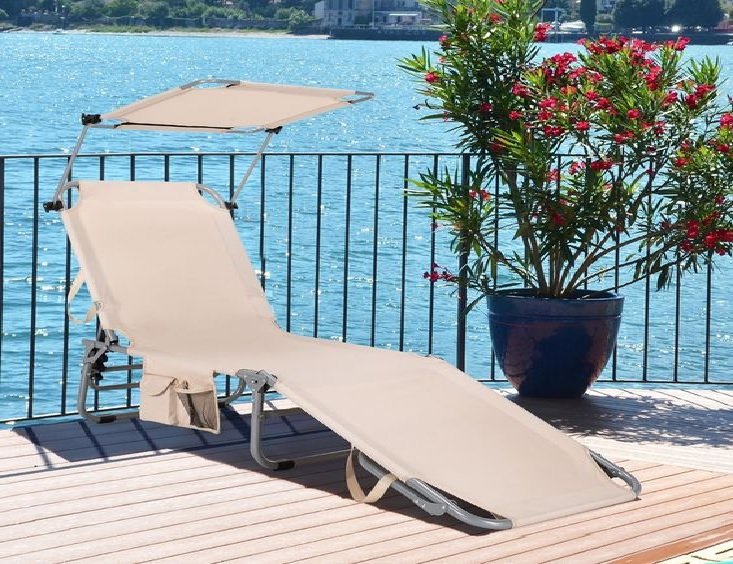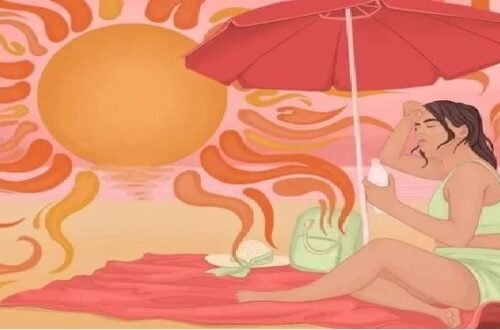The idea of a “complicated subculture” is captivating as it encapsulates an extensive form of interrelated elements, which consist of traditions, values, beliefs, and practices, which is probably usual via historical, environmental, and social impacts to lifestyle of sunbath. Adding layers of specificity to this concept, including the workout of sunbathing and using bronzers, opens a doorway to discussions on how the ones apparently regular sports activities are related to larger cultural phenomena, which includes splendor requirements, fitness practices, and social behavior.
1.Sunbathing: A Practice of Beauty, Status, and Wellness

Sunbathing, the practice of intentionally exposing the body to the sun, has long been intertwined with cultural ideals of splendor, fitness, and status. Historically, the connection among human beings and the sun has advanced. In many historic cultures, which incorporates that of Egypt and Greece, the sun was revered for its life-giving houses. Deities similar to the Egyptian god Ra or the Greek god Helios personified the sun’s electricity. However, for an entire lot of Western history, in particular inside the course of the medieval and early current-day intervals, dwindled pores and pores and skin became a marker of aristocracy. The better lessons prevented sun exposure, which became related to outdoor difficult work and a lower social reputation.
This preference started out to shift dramatically inside the early twentieth century. Coco Chanel, a prime fashion icon, changed into famously credited with popularizing tanned pores and skin after she by accident sunburned on a Mediterranean cruise inside the Twenties. What has been a photo of decreased social standing was converted properly into a marker of amusement, wealth, and fitness. A solar-kissed glow encouraged the capability to come up with the money for vacations to sun-sopping wet locations. This shift turned into compounded thru the growing statistics of the sun’s function in generating Vitamin D, an critical nutrient for bone fitness, which delivered about the popular belief that moderate sun publicity should enhance fitness and power.
However, the workout lifestyle of sunbath has been difficult. In some East Asian cultures, lighter pores and pores and skin have traditionally been prized, and this preference exists in modern splendor necessities. In China, Korea, and Japan, many humans avoid the sun and use pores and skin-whitening merchandise to maintain a fair complexion. In these societies, sunbathing might be perceived as opposite to the beauty best.
2.The Role of Bronzers and Artificial Tanning
While herbal lifestyle of sunbath performs a prime function in attaining tanned pores and skin, the arrival of bronzers and unique artificial tanning techniques has allowed humans to advantage the preferred look without prolonged solar publicity. Bronzers, make-up products designed to darken the skin, have emerged as part of an international splendor corporation that capitalizes on moving beauty beliefs. These merchandise vary from powders and lotions to sprays, and they offer a short alternative to sunbathing.
Bronzers are regularly seen as a safer and extra convenient opportunity to tanning, mainly as know-how about the dangers related to immoderate sun publicity has grown. Prolonged solar publicity can cause untimely developing old, sunburn, and pores and pores and skin most cancers. The use of bronzers can deliver people manipulate over their appearance without the fitness dangers tied to UV radiation. This shift presents the modern-day cultural complexity surrounding fitness, attention, beauty, and personal corporation.
On a symbolic stage, bronzers and artificial tanning practices represent an evolution in splendor manner of existence. Where the sun once right now furnished the preferred aesthetic, the splendor organization has now commodified the solar-kissed look. People can collect it with merchandise that come from a range of price factors, democratizing get proper access to to a tan even as concurrently retaining a connection to thoughts of fitness and elegance.
In Western cultures, in which tanning stays a dominant beauty fashion, the bronzer is regularly associated with an elegant, radiant look that suggests youngsters and strength. It’s extra than just a tool for altering appearance; it’s a photo of contemporary-day splendor rituals. On the opposite hand, in places in which lighter pores and pores and skin remains the splendor popular, bronzer is less popular, and pores and skin-lightening merchandise are extra commonly used.
3.Sunbathing and Bronzing Across Cultures
Despite the worldwide appeal of bronzers, their use and the exercising of sunbathing highlight cultural variations that exist throughout several societies. In Western worldwide places, especially the USA and elements of Europe, the association among tan and splendor stays strong. Beaches, parks, or even outdoor spaces are popular spots for humans to lifestyle of sunbath. The golden tan is visible as aspirational, regularly tied to concepts of the “super lifestyles,” which includes holidays, relaxation, and an energetic outside life-style.
4.The Intersection of Health, Beauty, and Technology

As our information of fitness has evolved, so too has the relationship amongst solar exposure, tanning, and splendor. The solar has been both a friend and foe in health practices. On the one hand, mild publicity to sunlight is critical for Vitamin D manufacturing, however excessive exposure is related to pores and pores and skin most cancers, the most commonplace shape of most cancers globally. This has led to an upward push in sunblock use and a reevaluation of ways lifestyle of sunbath fits proper into a wholesome lifestyle.
In cutting-edge years, generation has in addition modified the landscape of sunbathing and bronzing. Tanning beds have become famous in the late twentieth century as a manner for humans to tan without herbal daylight. However, those beds have been related to an accelerated risk of pores and skin cancer, prompting many nations to modify or ban their use. Meanwhile, self-tanning merchandise are superior, notably in wonderful, permitting human beings to achieve a tanned look without publicity to UV rays.
The increasing attention to the risks of UV publicity and the upward push of extra steady alternatives like bronzers or self-tanning lotions mirror broader cultural shifts. There is a growing emphasis on fitness-conscious splendor practices, wherein the advent of nicely-being have to additionally align with real well-being. For instance, skin care workout routines that emphasize hydration, SPF, and anti-growing older homes have become extra famous, with the bronzer acting as the final touch to beautify the skin’s natural glow without compromising fitness.
5.Sunbathing and Bronzers in Modern Media
Media representations of beauty, specifically those disseminated thru fashion magazines, social media, and tv, have similarly common cultural norms round tanning and bronzing. In the age of Instagram and Tik-Tok, beauty influencers often use percentage pointers to attain the best bronzed look, the usage of a combination of merchandise like bronzers, self-tanners, or even filters.
The notion of the “Instagram tan” has ended up an aspirational popular for masses, as influencers showcase photos of golden pores and skin that evoke a lifestyle of luxurious, rest, and wonderful excursion.
Conclusion: The Complexity of Sunbathing and Bronzing in Culture
Sunbathing and the usage of bronzers could possibly look like clean sports or splendor choices at the surface, but they are deeply embedded in the cultural material of societies around the arena. From historical sun-worshiping rituals to fashionable-day social media dispositions, the selection to regulate or decorate one’s skin tone through sun publicity or artificial way reflects converting beliefs of splendor, fitness, and status.





